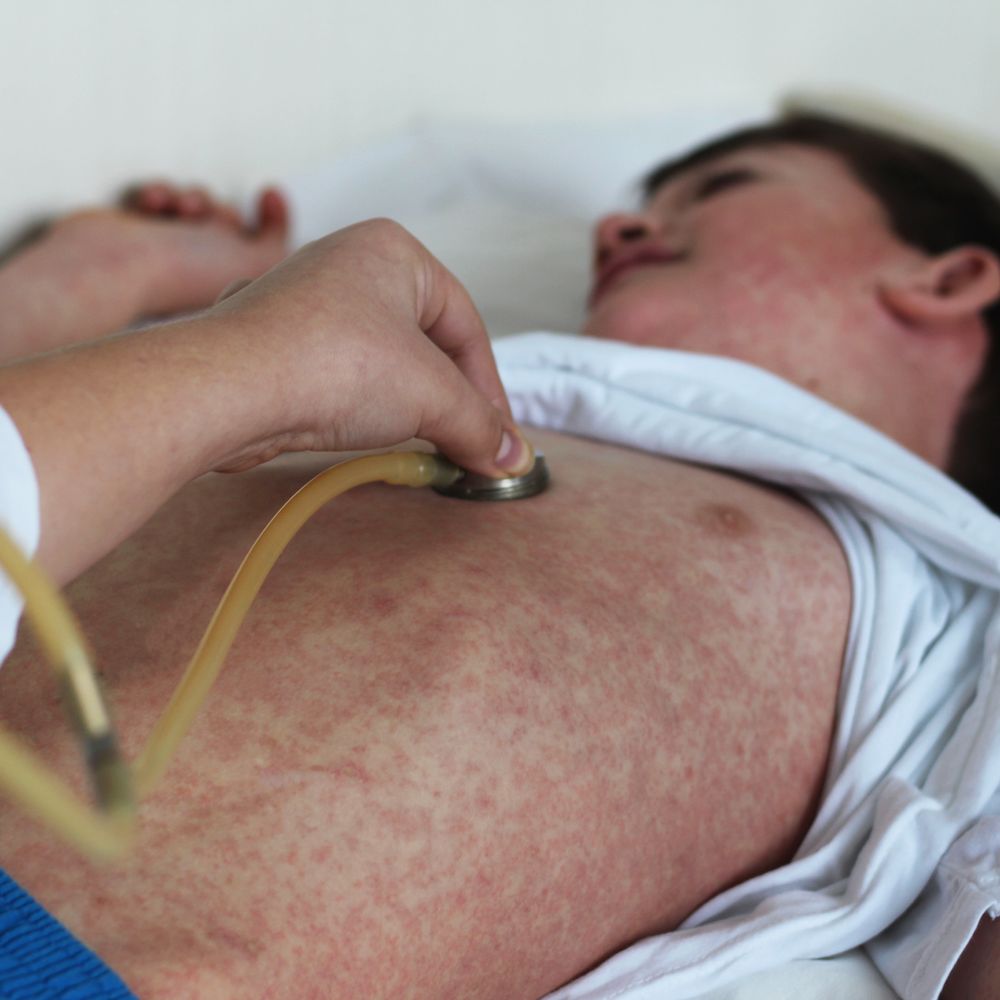Actually, the body can produce vitamin D itself. Nevertheless, hundreds of thousands of people in NRW suffer from a vitamin D deficiency.
In the winter months, it is often cold, gray, and drizzly. And we lack the warm rays of sunshine on our skin, which are important for the formation of the body’s own vitamin D. As a result, many people are deficient in the nutrient.
According to a recent evaluation by the Barmer health insurance fund, more than 460,000 people in North Rhine-Westphalia receive medical treatment for vitamin D deficiency every year. That is about 2.6 percent of the population of the state, 1.7 percent of men and 3.4 percent of women, according to a statement from the health insurance company.
But why is vitamin D important in the body? How can a deficiency be counteracted? And what role does our diet play?
What functions does vitamin D perform in the body?
According to the Robert Koch Institute (RKI), vitamin D is involved in bone metabolism and plays a key role in bone mineralization by promoting the absorption of calcium and phosphate from the intestine and their incorporation into the bones. The nutrient accordingly has a positive effect on bone strength and stability. According to the Federal Institute for Risk Assessment (BfR), the German Society for Nutrition, and the Max Rubner Institute, it is also involved in other metabolic processes in the body and also has an impact on our muscle strength.

How does a vitamin D deficiency come about?
According to the Federal Office for Radiation Protection (BfS), high UV-B radiation is necessary for the body to be able to produce vitamin D at all. If the UV-B radiation intensities are too low, the body’s own production of vitamin D comes to a standstill. This is the case in Germany due to the lack of sun in winter.
According to the RKI, the necessary UV-B radiation occurs all year round only in regions below the 35th degree of latitude. “At higher latitudes, the intensity and duration of sufficient radiation decreases, and vitamin D production becomes dependent on the season,” says the institute. Germany lies between the 47th and 55th degrees of latitude. Here, the body’s own formation is only possible from around March to October when staying outdoors.
In principle, according to the RKI, the body can also build up vitamin D reserves in fat and muscle tissue, which the body can then fall back on in winter. However, the structure of this storage tank can be influenced by external influences such as the weather conditions in summer. Individual influences such as age, skin color, body weight, clothing style, and leisure activities also play a role. After all, those who spend little time outside in the sun in summer are less exposed to UV-B radiation and can therefore produce less vitamin D. The less vitamin D is formed, the less it is possible to build up a store for the winter in addition to meeting current requirements. A shortage in winter is therefore likely.
According to the RKI, chronic gastrointestinal, liver and kidney diseases and various medications can also have a negative impact on vitamin D levels.
How can a vitamin D deficiency be recognized?
A nutrient deficiency is usually not noticeable at all or only through general symptoms such as tiredness or higher susceptibility to infections, according to the Barmer health insurance company. “Anyone who often feels tired does not directly associate this with a nutrient deficiency. A lack of vitamin D, for example, often only shows up as tiredness and depressive moods,” says Heiner Beckmann, state manager of Barmer in North Rhine-Westphalia. He advises those affected not to rely on self-prescription of nutrient preparations, but first to consult a doctor and to rely on a balanced diet.
A doctor can later determine the exact vitamin D concentration with a blood test and thus make recommendations as to what level of food supplements can or must be taken and over what period of time. The RKI warns that too much vitamin D can also be harmful. In contrast to the body’s own production of vitamin D and natural nutrition, excessive intake of dietary supplements, high-dose medicines or high consumption of fortified foods can lead to poisoning.
What are the consequences of a vitamin D deficiency?
The Federal Institute for Risk Assessment (BfR), the German Society for Nutrition (DGE) and the Max Rubner Institute (MRI) refer to several diseases that can develop. A vitamin D deficiency in infancy and childhood can result in insufficient mineralization of the bones. They remain correspondingly soft and can deform (rickets).
In addition, the three institutions also say that a vitamin D deficiency in adulthood can lead to a disruption in bone metabolism. As a result, it cannot be ruled out that the bones become soft (osteomalacia) or that osteoporosis, i.e. very low bone density with an associated risk of fractures, occurs in particularly old age. The RKI also lists bone pain, muscle weakness and reduced strength.
How can I counteract a vitamin D deficiency?
BfR, DEG and MRI recommend adults, depending on skin type and season, to expose a quarter of the body surface – face, hands, parts of the arms and legs – to the sun per day. In the summer months, it is also possible in Germany to achieve the desired serum concentration of 25-hydroxyvitamin D of 50 nmol/l through the body’s own production.
The vitamin D level can also be increased – at least somewhat – through diet. The RKI names sea fish, certain offal, edible mushrooms and eggs as important sources of vitamin D.




